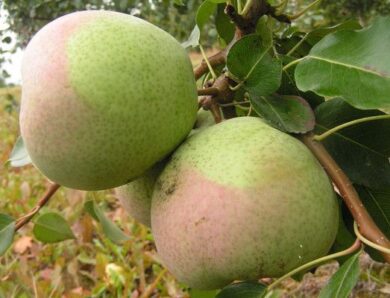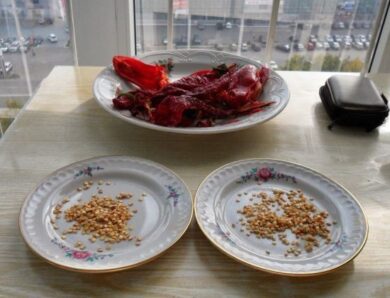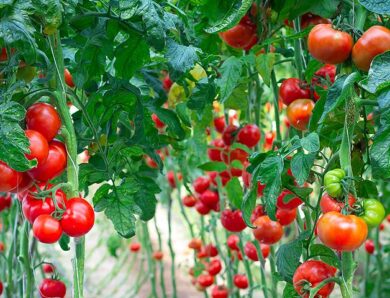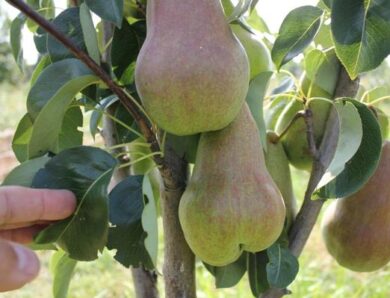Growing daikon in the open ground from seed: planting and care
Do you love daikon radish? This large root is white, is poetically called "elephant's fangs", frequent visitor to supermarket shelves. And why not try to grow the culture yourself, somewhere in the Urals or near Moscow? It turns out, nothing is impossible in this! Today we will talk about it, how to grow daikon in the country.
When to plant
The timing of planting the crop directly depends on it, in what climatic zone you live, and what length of daylight is important, that for the period of formation of a root crop it was not longer 15 hours. If this rule is not followed, daikon in the open ground is prone to early shooting. If you plant pre-grown seedlings, then the air temperature should not fall below +10 °C.
How to choose the soil
This radish can grow in almost any garden - the culture is not capricious. But still better, if the soil is light, neutral, with deep soil moisture. Prepare a bed for spring planting traditionally in the fall. The ground is being dug up, make humus, potassium sulfate and superphosphate. The harvest will be rich, grown in that place, where cucumbers or tomatoes once grew, potato, beets or carrots.
Step-by-step instructions
Daikon is grown in open ground according to the following planting scheme: the distance between the holes within one row is maintained 30 cm, and between the rows - 60 div. Seedlings are planted moist soil, the landing place is slightly compacted, you can add a layer of protective mulch. If the threat of light night frosts is not over, be sure to cover the beds with radish protective layer.
Seeds
Growing daikon from seed is better to start in July - at this time the length of daylight is optimal, that the culture develops a root crop, and not the green mass. Within the Moscow region, you can sow the radish "elephant fangs" even in August - then the harvest will be later, but the stairs will need to be covered regularly, when the air temperature drops below +10 °C. Earlier sowing is advisable, if you plan to grow a crop for seed.
Seedlings
That plants took up better and developed faster, try to sow the culture not in common pots, and in individual peat pots. The seeds are immersed in the ground 1-2 cm, moisturize well. Pots should be covered with polyethylene and sent to a warm dark place. The first seedlings will appear in about a week - from now on the seedlings should be moved to a bright place. About 2 weeks before the expected planting seedlings begin to harden - take out into the street for short periods of time. Seedlings can be planted in the garden, when two pairs of true leaves appear on them.
Landing for the winter
Another plus of this option - shortening daylight, due to which the danger of that is minimized, that culture is fattening. However, there is a drawback - the root crop may not have enough time for full growth. Seeds are sown according to the standard scheme 30?60 cm, lowering a few seeds into each moistened hole. After the emergence of seedlings, they need to be thinned, so that the roots are not crowded.
Care
The culture needs minimal care: in the open ground radish grows well, requiring minimal attention from the host.
Watering
All the time of the growing season the soil in the garden bed should be maintained in a slightly moist state. If there is not enough water, the root will not develop, but arrows may appear on the green mass. The roots themselves will be sluggish, deformed and bitter. The optimal frequency of watering - every 5 days.
Fertilizer
For the first time the seedlings should be fed immediately after thinning - for this use a weak solution of mullein and urea. Across 15 days you can use a complex nutrient composition with low nitrogen content.
Treatment against diseases and pests
The same diseases and insects are dangerous for plants, which affect other cultures of the cruciferous family. Excessive watering develops mucous bacteriosis or blackleg.
That ladders were healthy, general growing rules must be followed:
- adhere to crop rotation;
- handle seeds before planting;
- remove weeds.
If the signs of the disease still appeared, it is possible to process beds with such drugs, as "Planriz" or "Binoram". Pest control will not be superfluous: wood ash will help with cabbage fleas, from other small bugs will get rid of infusion of hot pepper, and flies are scared away by marigolds planted next door.
Gardener's advice
Experienced gardeners are advised not to use fresh manure as fertilizer for this crop - it will negatively affect the taste and marketability of the root.
Daikon Radish Video
In this form you will hear useful tips for growing daikon radish.




